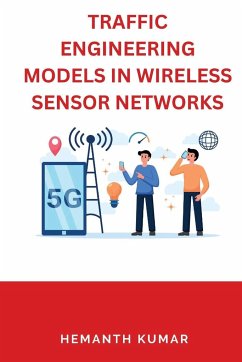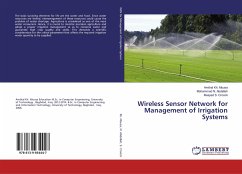Wireless Sensor Networks (WSNs) are new category of wireless networks that aregaining importance in large number in civilian and military applications. WSN is adistributed and autonomous sensor device used for monitoring physical or environmentalconditions. Sensor nodes are part of WSNs and are tiny in size. They are connected and communicate with each other to exchangedata and information. These nodes are capable of sensing temperature, humidity,pollution level in environment, atmospheric pressure and transfer these informationto a base station (BS) which is also termed as sink. Some of the applications includeweather monitoring, movement of vehicles in highways, movement of wild animals inforest, battlefield surveillance and industrial applications. Nodes in the networkcommunicate among themselves through wireless medium and the same medium isused to transfer data from sensor nodes to sink. Sensors are equipped with batteryas source of energy which gets drained quickly and in many situations they are notreplaceable. Therefore, there is a need to design protocols for different layers whichare energy aware. The objective of this chapter is to highlight the techniques, issues,challenges and applications of WSN.








